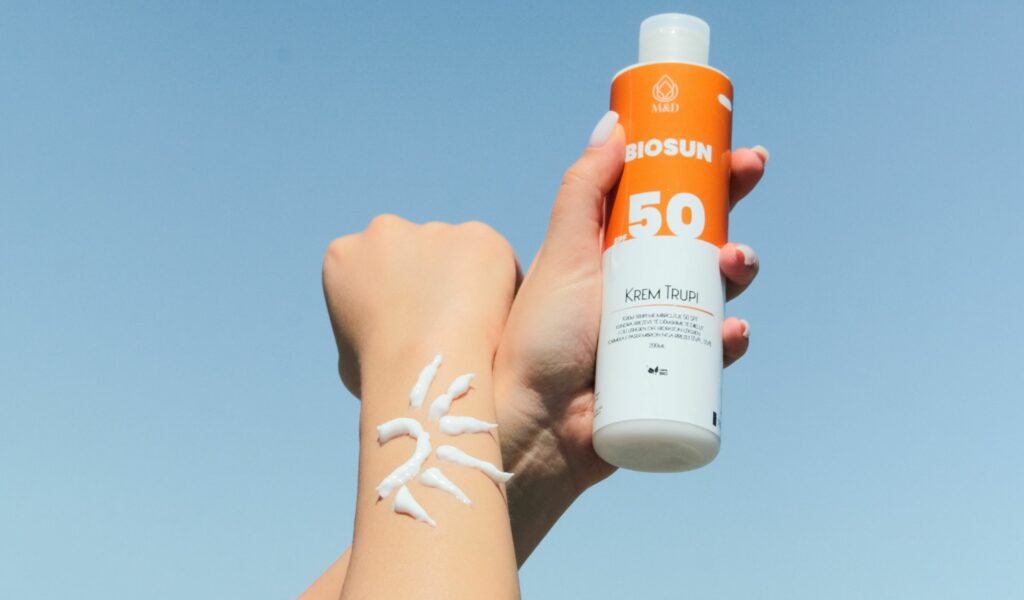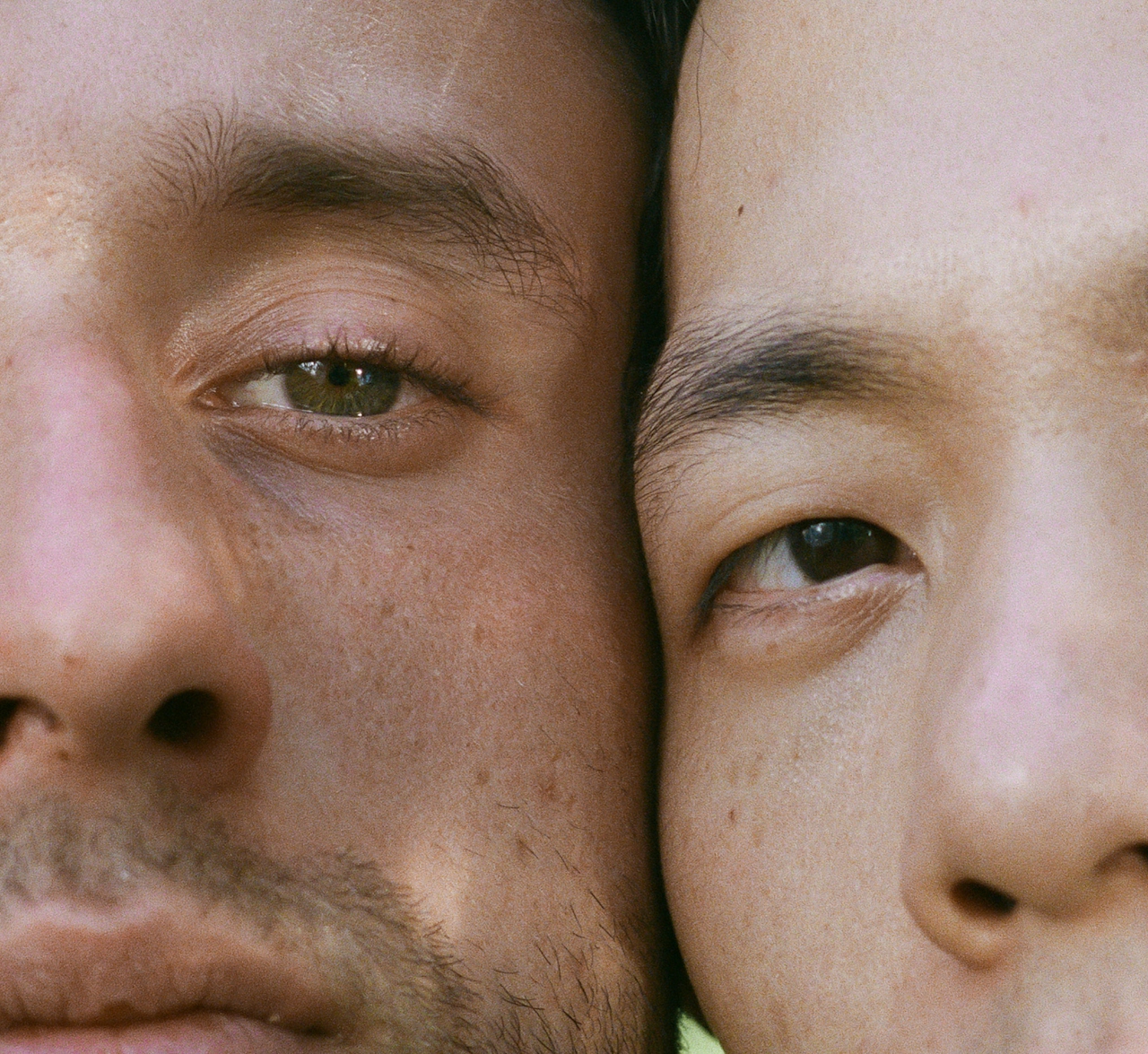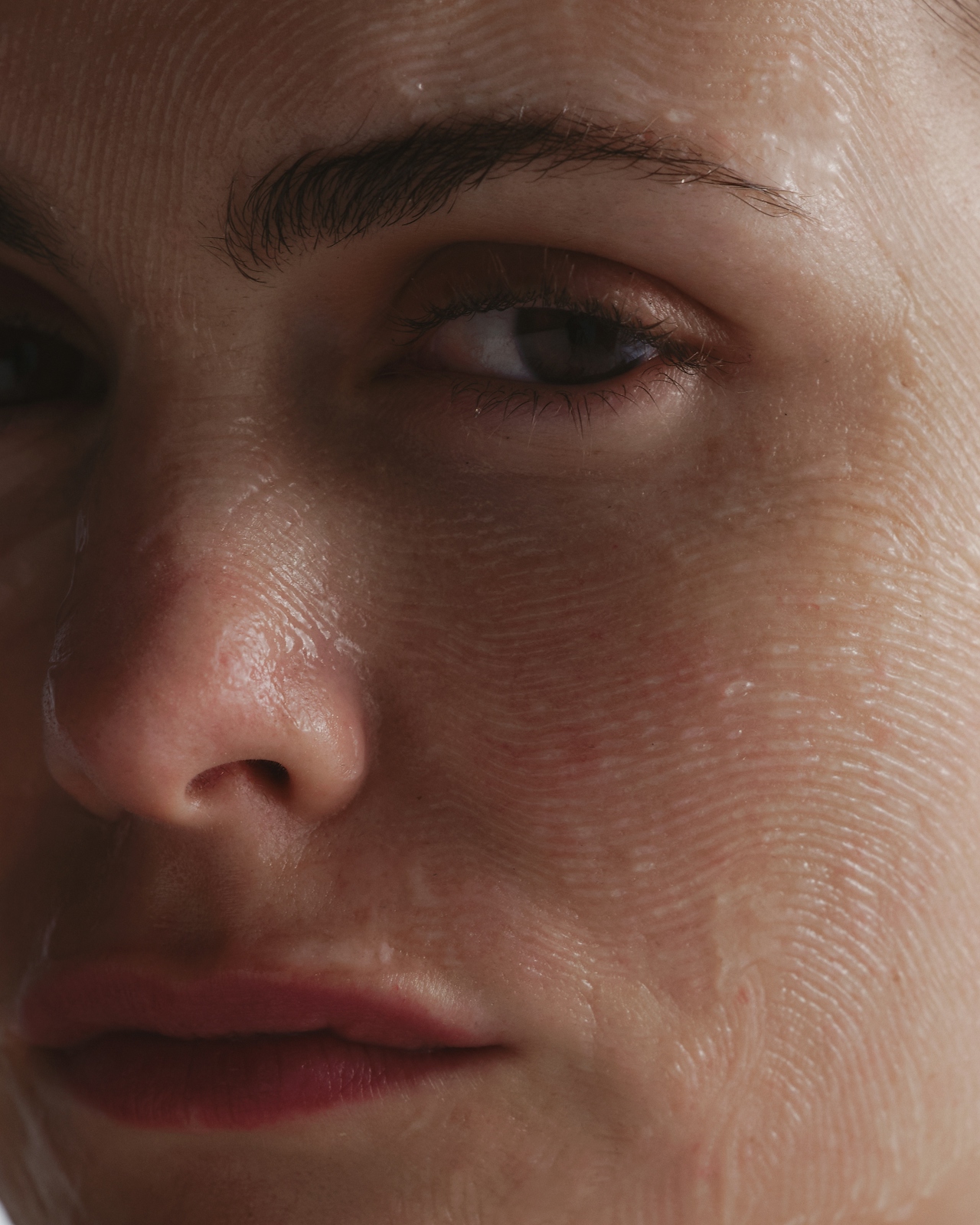
Research tells us that UV exposure seems to be responsible for 80% of visible facial ageing signs. So it makes sense that sunscreen should be a non-negotiable product in everyone’s morning skincare routine. If ageing is of particular concern to you, then sunscreen is the best and most affordable way to prevent premature ageing and sun damage.
In this deep dive, we’re going to unpack why sunscreen is an essential product come rain, hail or shine — 365 days a year, whether you’re indoors or outdoors.
Why sunscreen is an essential skincare product for all skin types
Without any protection, excessive sun exposure can increase the risk of skin cancers as well. In fact, the International Agency for Research on Cancer (IARC) estimates that in 2020, Australia had the highest age-standardised melanoma incidence rate (36.6 per 100,000, standardised to World Population) and the equal sixth highest mortality rate (2.4 per 100,000) of melanoma in the world.
Ultraviolet (UV) light is always present in the environment, even when it’s overcast, cloudy or raining. UV light damages skin and its underlying connective tissue over time, which eventually leads to premature wrinkles and fine lines. This is why sunscreen application from a young age is important — sun damage may not be noticeable when you’re younger, but it will present itself more prominently the older you get.
Using sunscreen (along with sunglasses, a hat and protective clothing if you’re outside) is the best way to protect your skin. A broad-spectrum sunscreen can protect your skin from sunburn caused by UVB light, as well as protect it from accumulative penetrative damage caused by UVA light.
Many of us mostly use sunscreen only when at the beach or during scorching weather. But the reality is that sunscreen should be applied every day, regardless of the weather (yes, even if it’s overcast). While the sun may not be out, the UVA rays are still present during cool and cloudy weather. Even if you’re inside, sunscreen should still be worn as you’ll receive light exposure from windows.
It also doesn’t matter what your skin tone is either — everyone burns. The sun does not discriminate.
What’s the difference between UVA and UVB light from the sun?
This was alluded to above, but it helps to differentiate the two types of sunlight in detail.
Basically, UV radiation is the natural energy produced by the sun. There are two types of UV radiation:
- Ultraviolet A (UVA) has a longer wavelength. This is present every single day, regardless of weather and is associated with ageing and damaging skin over time.
- Ultraviolet B (UVB) has a shorter wavelength. This is present during hot days and is associated with sunburn.
While UVA and UVB affect the skin differently, both do harm especially in the long run.
UVB is particularly harmful when it comes to skin cancer risk. A tan caused by the sun is actually your skin cells in trauma, and direct damage is shown through sunburn. The DNA damage caused by UVB rays may eventually become cancerous.
Meanwhile, UVA is harmful because it weakens your skin’s immune responses and checking mechanisms. While UVA doesn’t burn or feel as harsh as UVB, the damage is still happening albeit very subtly. You won’t really be aware of it until it shows in the form of premature ageing, fine lines, wrinkles, sunspots and hyperpigmentation. Often, these will take years to appear.
When should you apply it to the skin?
In the morning, as your last step in your skincare routine. 365 days a year. With so many different products on the market, there’s a sunscreen product out there for every skin type — whether dry, oily or normal.
Your local weather forecast should be a starting guide to how strong the sun will be on that day. If you want to get granular about it, look up the UV index. If it’s “moderate” or higher — a rating of 3-5 on a scale of 11 — then you should be wearing sunscreen.
That said, the UV index shouldn’t be the decision maker in whether or not sunscreen should be worn that day. UV radiation is still present in the winter, so for all-around protection, just incorporate a broad-spectrum sunscreen into your morning routine for peace of mind.
How does sunscreen protect the skin?
Sunscreen prevents UV rays from penetrating the skin and in doing so, reduces the risk of sunburn, cancer, sunspots, discolouration and premature ageing.
There are two types of sunscreen you can choose: Physical or Chemical.
Physical sunscreens typically use mineral particles like zinc oxide and titanium dioxide) to absorb, reflect and deflect UV rays. Physical sunscreens sit on your skin and act like a shield.
Whereas, chemical sunscreen acts more like a sponge, absorbing UV rays and converting them into low heat energy. Common chemical UV filters include:
- oxybenzone
- avobenzone
- octisalate
- octocrylene
- homosalate
- octinoxate
In terms of preference, both sunscreen types have their pros and cons.
If your skin is sensitive and easily reacts, opt for a physical sunscreen. Zinc oxide-based sunscreen may also be beneficial for acne-prone skin, as zinc naturally has soothing properties that can calm down irritation and redness.
If your skin is more resilient and also darker in tone, a chemical sunscreen may be more beneficial as physical sunscreen can leave a white cast. Chemical sunscreens are also easier to layer and wear under makeup.



